History
Nested Applications
History Description
Over 110 Years of Supporting Caregivers and Empowering All People to Age Well
A shrewd businessman with an empathic heart, Benjamin Rose came up with the idea for The Benjamin Rose Institute after meeting a former business associate. According to the story, the man had outlived his resources, and approached Rose for help. Realizing that if this man, who had been well-off in his younger years, needed help, the situation for people aging without wealth must have been even worse. Rose chose to leave his fortune to provide another option for those needing support in later life. In the early years, we provided small monthly stipends to applicants. In an era without Social Security, we filled a gap for older people and their families with assistance that could mean the difference between death and survival.
Throughout our history, we have been responsive to the evolving needs of older people and caregivers, developing and providing innovative programs and services.
Our Historical Timeline
Our Historical Timeline
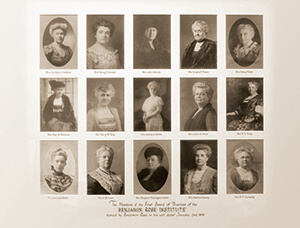
1908
As stipulated in the will of Benjamin Rose, the agency bearing his name is incorporated on September 11, 1908. Rose specified that the agency would be led by an all-female Board, chosen by him and named in his will. The Board remains all-female today.
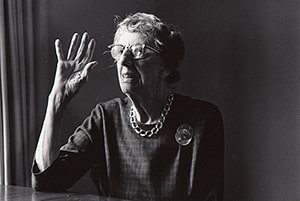
1930s
Margaret Wagner is named the agency’s first executive director. One of her first actions is to add social work and medical services to the Institute’s responsibilities. This is the first of many steps we took to creatively respond to the evolving needs of older adults within a dynamic environment.
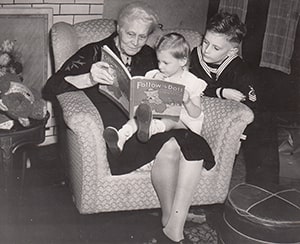
1940s
The Institute purchases its first residential home, Belford House (resident pictured). Ten women move into the University Circle area home. Two more homes, Juniper House and Braeburn House, later open, creating an innovative model in which each home provided a different level along the continuum of care.
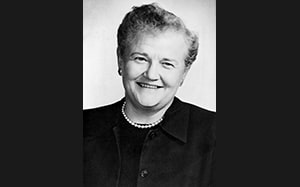
1960s
The Board of Trustees establishes a research center to measure the needs of older people and their families and evaluate the impact of services. The first research director is Margaret Blenkner, who led pioneering research on the impact of social work on older people and families. Blenkner’s work established our organization as a respected research center in the field of aging.
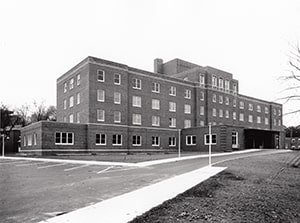
1960s
Margaret Wagner House opens, replacing the three residential homes. The facility serves as a model for the nation by showing how homelike care could be provided in an institutional setting. This continued our efforts to be proactive in responding to evolving needs of older adults.
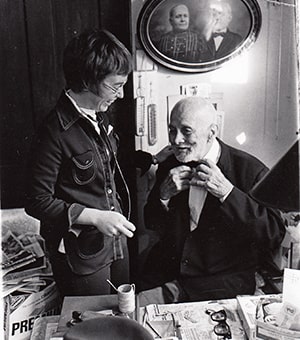
1980s
Throughout the ’80s, we worked to bring innovative home- and community-based programs to Northeast Ohio, including the Senior Companion Program, the Adult Day Program and Mental Health Services. As we expanded our services, we continued to conduct impactful research to better understand caregiver needs and to develop screening tools and protocols for elder abuse cases.
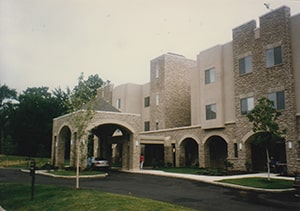
1990s
Kethley House at Benjamin Rose Place opens as the planned anchor for one of the first continuing care retirement communities within the City of Cleveland.
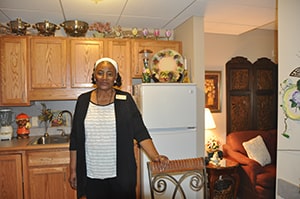
2000s
The fourth and fifth floors of Margaret Wagner House are renovated as apartment units for older people aged 62 and older. An additional 26 one-bedroom apartments are added in late 2010 with HUD approval. The apartments provide affordable housing for low-income seniors, as well as access to home- and community-based services and service coordination assistance. This combination of services in the residential setting reflects our ongoing commitment to being responsive to evolving needs.
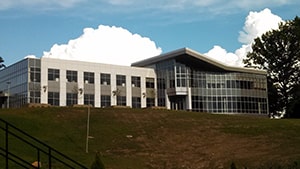
2013
Our first dedicated headquarters opens. The building includes a 6,041-square-foot Conference Center, which provides a state-of-the-art venue for programs for older people, caregivers and professionals.
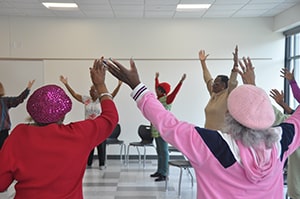
2014
The Golden Age Centers of Greater Cleveland joins us as our Rose Centers for Aging Well, LLC. Rose Centers continue to provide home-delivered meals and grows to seven senior centers in Cleveland, East Cleveland and Oakwood Village. Programming at the Centers expands to provide more wellness opportunities for older adults that foster choice and independence.
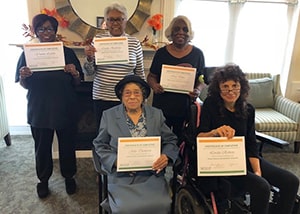
2017
Empowering and Strengthening Ohio’s People (ESOP) joins us as a subsidiary. ESOP is a HUD-approved agency helping adults in all stages of life achieve and maintain financial wellness and housing stability. The merger strengthens the ability of both organizations to provide programs and services addressing the intersection between physical and financial health.
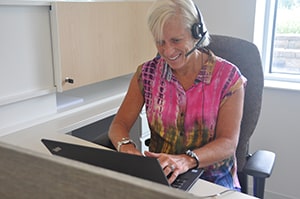
2019
Our Eldercare Services Institute, LLC begins delivering BRI Care Consultation™ under the name WeCare...Because You Do. This marks the first time a program developed through our research is added to our array of services.
